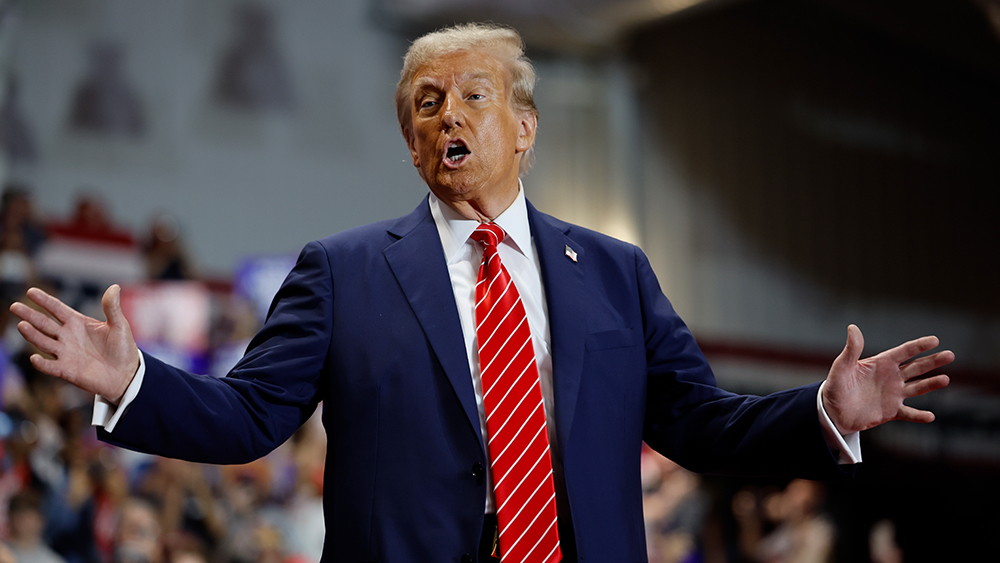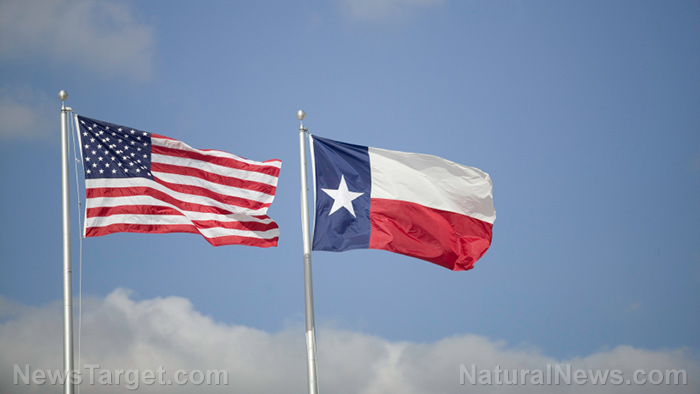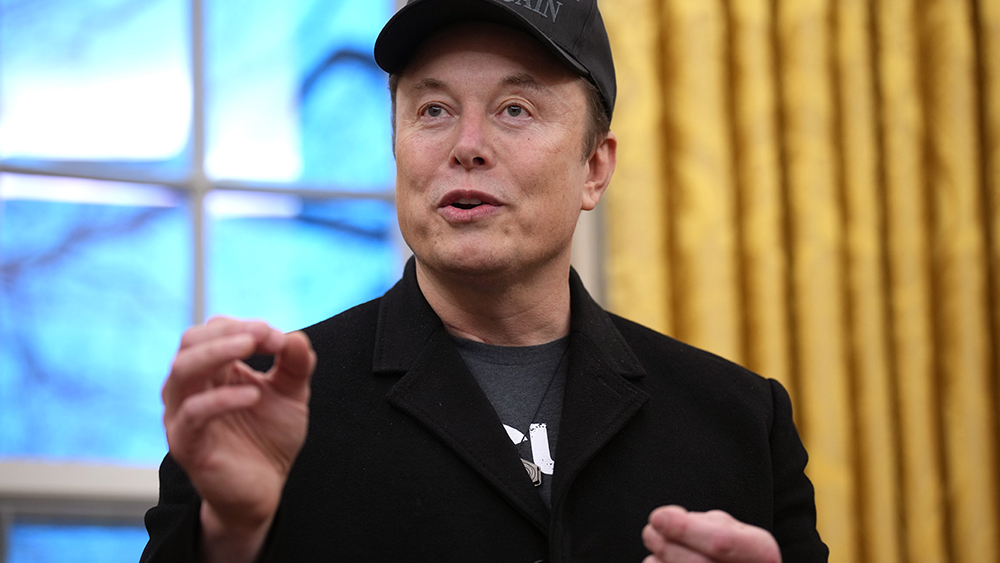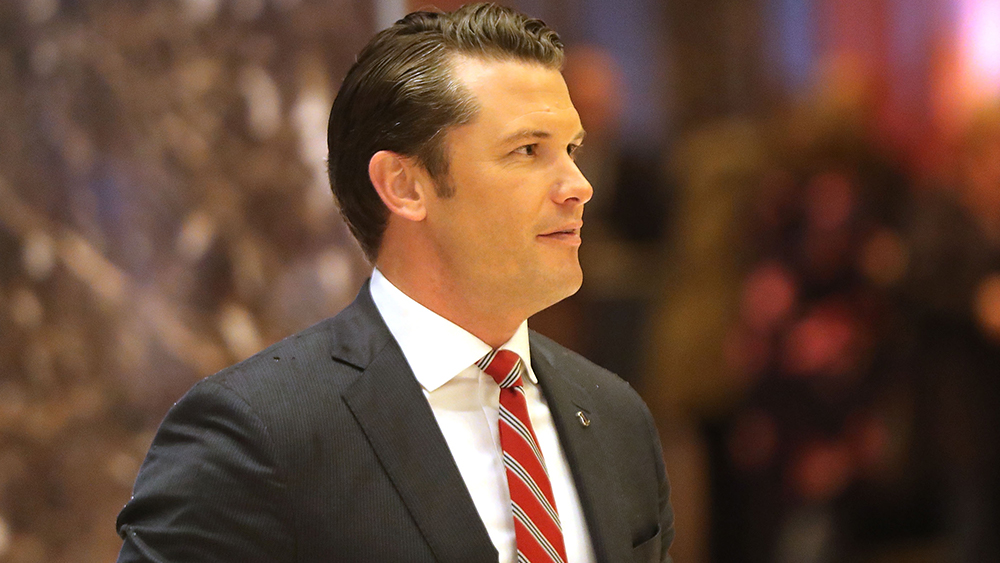 Parler
Parler Gab
Gab
- President Trump announced reciprocal tariffs to match tariffs imposed by other nations on U.S. goods, aiming for a "fair and reciprocal" trade environment.
- The policy targets value-added taxes (VAT) used by countries like the UK and China, which Trump argues are more punitive than traditional tariffs.
- The administration will review tariffs, VAT systems, and other trade barriers, with implementation expected by April 1.
- Supporters believe the policy will protect U.S. industries, while critics warn it could escalate trade tensions and harm global economic stability.
- The move could reshape global trade dynamics, pressuring countries to lower tariffs or risk losing access to the U.S. market.
How reciprocal tariffs work
The new policy empowers the administration to review and implement targeted tariffs focusing on five key areas: tariffs imposed on U.S. goods, unfair taxes on American products, financial burdens from foreign policies, exchange rate practices, and other discriminatory trade measures. Notably, Trump’s plan also addresses VAT systems, which are widely used in countries like the United Kingdom, China, and Mexico. “For purposes of this United States Policy, we will consider Countries that use the VAT System, which is far more punitive than a Tariff, to be similar to that of a Tariff,” Trump explained. He added that provisions would be made for subsidies and nonmonetary trade barriers that some countries use to disadvantage U.S. businesses. The inclusion of VAT in the policy is significant. Unlike the U.S., which relies on sales taxes, many countries impose VAT on imports, effectively creating an additional barrier for American goods. For example, the EU’s VAT can add up to 18% to the cost of U.S. exports, making it harder for American products to compete. By targeting VAT, Trump aims to level the playing field for U.S. businesses and workers.A push for fairness and prosperity
Trump’s announcement has sparked debate over its potential impact. Supporters argue that the policy is a necessary step to protect American industries and workers. “This System will immediately bring Fairness and Prosperity back into the previously complex and unfair System of Trade,” Trump wrote. He pointed out that the U.S. has long helped other countries at great financial cost and now expects fair treatment in return. Critics, however, warn that the policy could escalate trade tensions and harm global economic stability. Some economists argue that reciprocal tariffs could lead to higher prices for consumers and disrupt supply chains. Others question whether the policy will achieve its intended goals, given the complexity of global trade relationships. Despite the criticism, Trump remains steadfast in his commitment to the policy. “America has helped many Countries throughout the years, at great financial cost. It is now time that these Countries remember this, and treat us fairly – A LEVEL PLAYING FIELD FOR AMERICAN WORKERS,” he declared. The administration is expected to complete its review of global tariffs by April 1, with targeted tariffs likely to follow. Treasury Secretary Scott Bessent emphasized the seriousness of the policy, urging countries to take Trump “at his word.” As the U.S. moves forward with its reciprocal tariff plan, the global trade landscape could see significant changes. Countries that rely heavily on exports to the U.S. may face pressure to lower their tariffs or risk losing access to the American market. Meanwhile, Trump’s focus on VAT systems could have a particularly strong impact on European exporters. In the end, Trump’s reciprocal tariffs represent a serious attempt to reshape global trade in America’s favor. Whether the policy succeeds in creating a fairer system or leads to further trade disputes remains to be seen. Sources for this article include: YourNews.com FoxNews.com ZeroHedge.comTexas legislature adopts “DOGE” model to tackle government efficiency
By Belle Carter // Share
Governments continue to obscure COVID-19 vaccine data amid rising concerns over excess deaths
By patricklewis // Share
Tech giant Microsoft backs EXTINCTION with its support of carbon capture programs
By ramontomeydw // Share
Germany to resume arms exports to Israel despite repeated ceasefire violations
By isabelle // Share









